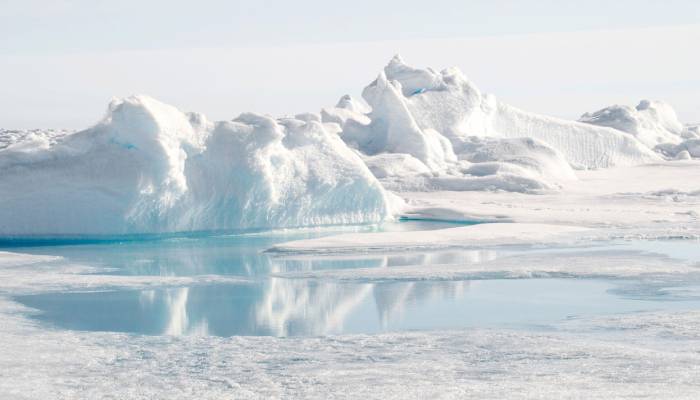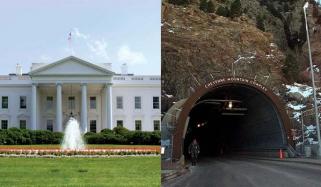
Satellite data shows the Earth’s frozen oceans have less ice than ever recorded before.
The ice in the Arctic and Antarctic plays a crucial role in regulating Earth’s temperature by reflecting the Sun’s energy back into space.
As per BBC, as the temperatures increase, the ice covering the ocean shrinks, exposing more of the darker ocean beneath.
Unlike ice, which reflects sunlight, the dark ocean absorbs more heat, making the planet warmer.
The recent record-low sea ice levels are likely caused by a mix of warm air, warm ocean waters and winds that break the ice apart.
As per the reports, between February 8 and February 13, the total area of sea ice in the Arctic and Antarctic was measured at 15.76 million square kilometers.
This breaks the previous record low of 15.93 million square kilometers set two years ago.
The US National Snow and Ice Data Center (NSIDC) said in a statement, noting, “Every year, every data point that we get suggests that this isn't a temporary shift, but something more permanent, like what we've seen in the Arctic.”
It added, “It is indicating that the Antarctic has moved into a new regime of lower ice extents."
In recent weeks, the amount of sea ice in the Arctic has decreased even more compared to the usual levels.
In early February, temperatures near the North Pole were about 20C higher than normal, causing ice to melt in areas like Svalbard.















